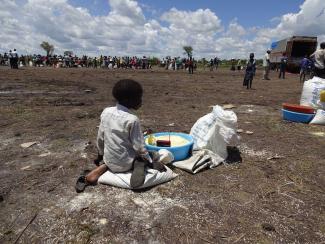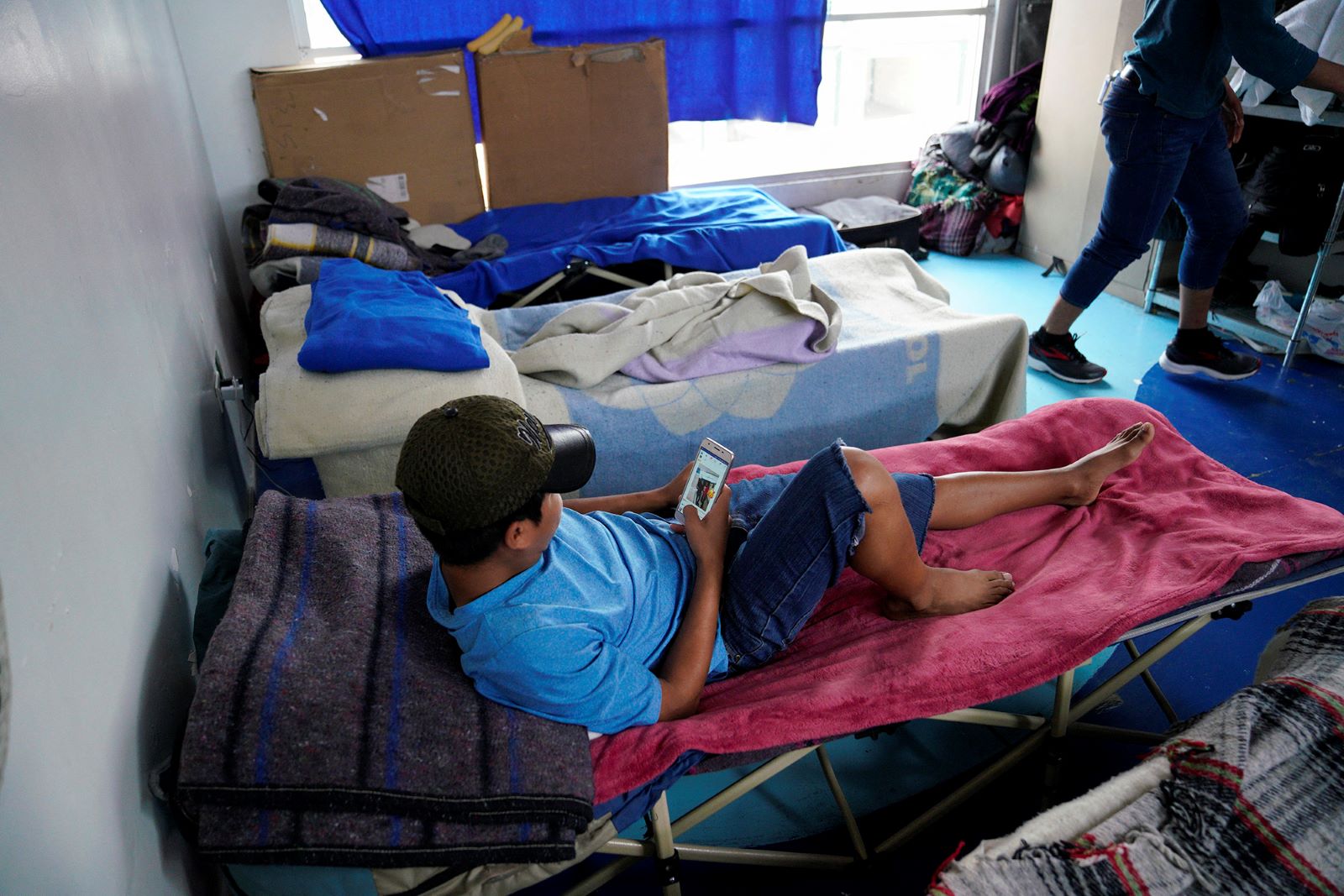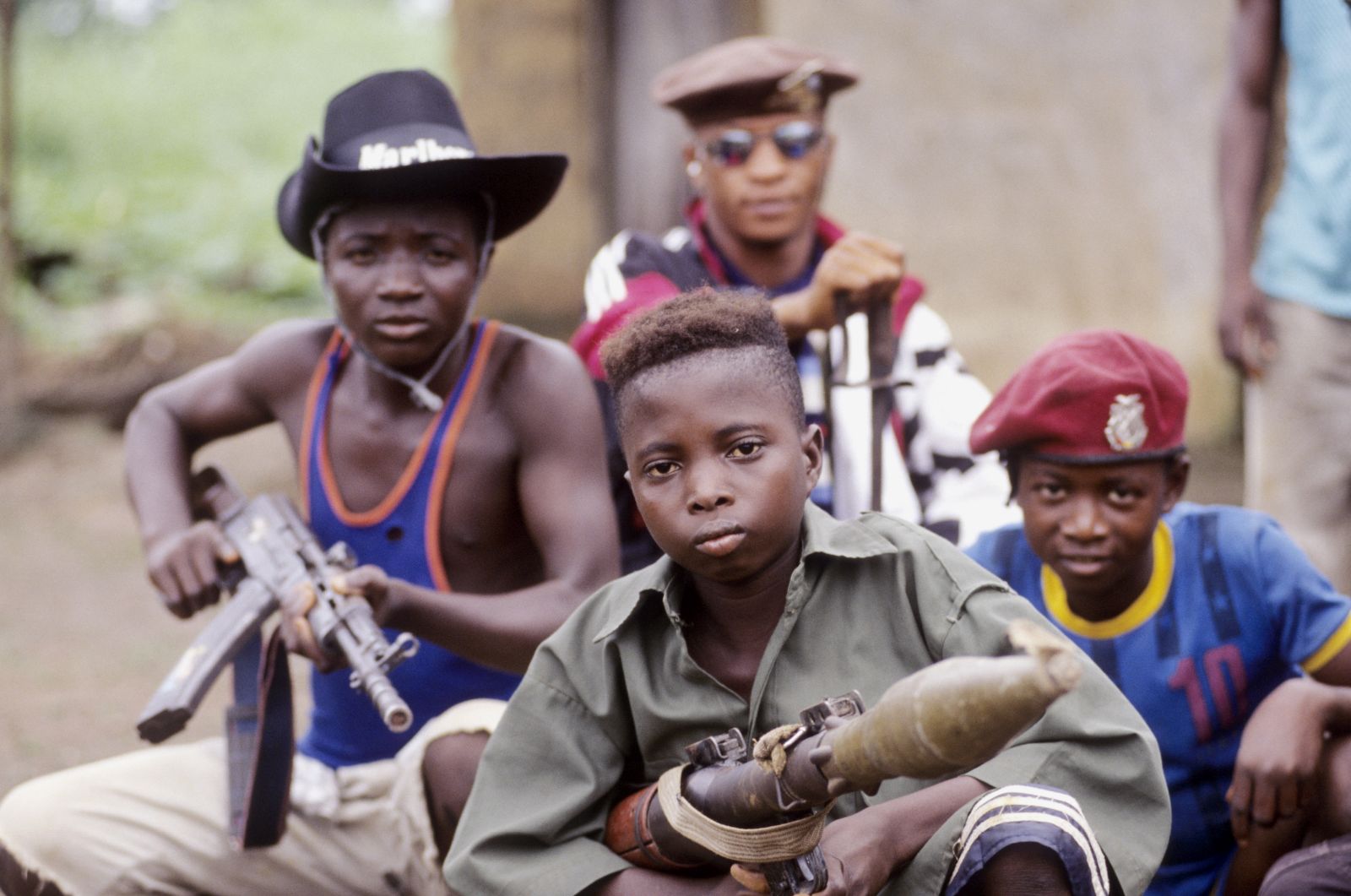Refugees
Uganda’s open doors

Out of 68.5 million people forcibly displaced from their homes worldwide, over 1 million sought shelter in Uganda. Around 800,000 of them are South Sudanese, according to UN figures. Their number has been drastically increasing since the current crisis in South Sudan began in 2013. Some small villages in northern Uganda like Bidibidi and Palorinya grew within a few months into some of the biggest refugee camps in the world, jointly hosting around half a million people.
Geriga Charles is one of the South Sudanese refugees. The 44-year-old and his 15-member-family live in the Suwinga-Bidibidi refugee settlement. They survive mostly on meagre refugees’ food rations and sleep in huts made of sticks, mud and grass – a common sight across refugee settlements in Uganda. They came in the second half of 2016, at the height of South Sudan’s recent violent conflict that affected almost the entire Equatoria region in the south of the country. Charles could have chosen to flee to the Democratic Republic of the Congo, which is closer to his home, but he led his family to Uganda instead. “Uganda is friendly to refugees. There is peace; there is freedom of movement for all refugees. There is good education for our children too,” he explains.
Charles thinks of Uganda as his second home. He first sought protection there in 1993, during the civil war in Sudan, when South Sudan was not yet independent. At that time, he fled with his father and carried nothing with him except the clothes on his back. When the conflict in his home country flared up in 2016, Charles and his family were forced to move from one village to another, as they tried to keep away from various armed groups. But hiding in the bush could hardly provide enough safety, Charles says – and continuing with his work as a farmer was impossible. “When the conflict grows intense resulting in lack of food, no access to our farms and no medical services, all we can do is flee,” he explains.
Getting out of the embattled country was difficult. Charles can only walk with the aid of crutches because of a polio infection as a boy. This impairment makes him easy prey for marauding militia that assault civilians. But the family managed to cross the border to Uganda. Charles is thankful that they are now safe and plans to stay as long as South Sudan’s security situation remains shaky.
Few choices
Maliko Hellen of the International Rescue Committee in Northern Uganda helps refugees like Charles to survive and recover from the shock. She is glad that many of her clients did not stay too long in South Sudan’s bushes, playing a hide-and-seek game with the armed groups. “Many refugees tell me that they actually fled before the war reached their villages. Knowing the volatile security situation, they anticipated the worst-case scenario and left before it came to this.” Hellen adds that those who stayed behind did not have many choices to make – either join the forces that overran their villages or be attacked and even risk being killed.
According to the findings of the London School of Hygiene and Tropical Medicine, nearly 400,000 deaths in South Sudan between December 2013 and September 2018 were related to the crisis. Therefore, fleeing the country is a logical choice.
It was the choice of 56-year-old Vicky Nyoka too: she had survived crossfire between government and opposition forces and did “not want to take chances anymore”. Nyoka, a widow, fled South Sudan on foot in December 2016, taking along six of her own children plus three others whom she picked up along the way. They had been separated from their parents while fleeing and had lost hope of seeing their relatives again. In 2017, one of the three committed suicide.
Nyoka remembers that once she saw the blue and white UNHCR (UN Refugee Agency) tents across the border in Uganda, she knew her horrendous journey was over and a better life was on the horizon. “There is freedom in Uganda. Other countries keep refugees in enclosures like animals,” she says.
Thijs Van Laer of the International Refugee Rights Initiative (IRRI) says it makes “a lot of sense” for people like Charles and Nyoka to choose Uganda over the other neighbouring countries. “Number one is the proximity. But the fact that refugees here in Uganda have relative freedoms and receive support from the UNHCR and NGOs is of course another reason.”
The 2006 Refugee Act and the 2010 Refugee Regulations of Uganda grant protection and freedom to refugees as well as property rights, freedom of movement, the right to work and the provision of services. According to the World Bank and UNHCR, these provisions offer the opportunity to refugees to establish their own livelihoods and some level of self-reliance.
Missing safety
Eujin Byun, who works at the Juba Office of the UNHCR, claims that the conflict in South Sudan has generally subsided. However, the “spontaneous conflicts” in some parts of the country “are concerning”, she adds, and deter refugees from returning home. “One important reason why they fled is insecurity. South Sudanese refugees in various countries want assurance as far as security is concerned, otherwise they don’t feel safe enough to return.” Therefore, it might take them long to “come to terms with the narrative of repatriation,” Byun maintains.
She fears that even more South Sudanese could flee to Uganda if normalcy does not return soon. “The problem of food security is getting more and more serious. If farmers cannot cultivate on time because they have to hide in the bush, they cannot harvest. Therefore, they will have no choice but to find food in the neighbouring countries.” About 80 % of South Sudan’s population lives in rural areas in the south of the country, in the Equatorias. Most households depend entirely on low-input, low-output subsistence agriculture.
Even though major parties to the conflict signed a peace deal in 2018, there are still some conflicting armed groups in South Sudan. The violence still poses danger to civilians. Until this calms down, refugees are afraid to return, and more will probably come.
Ochan Hannington is a South Sudanese journalist, photographer and filmmaker. He currently lives in Uganda.
hannington.a.o@gmail.com











